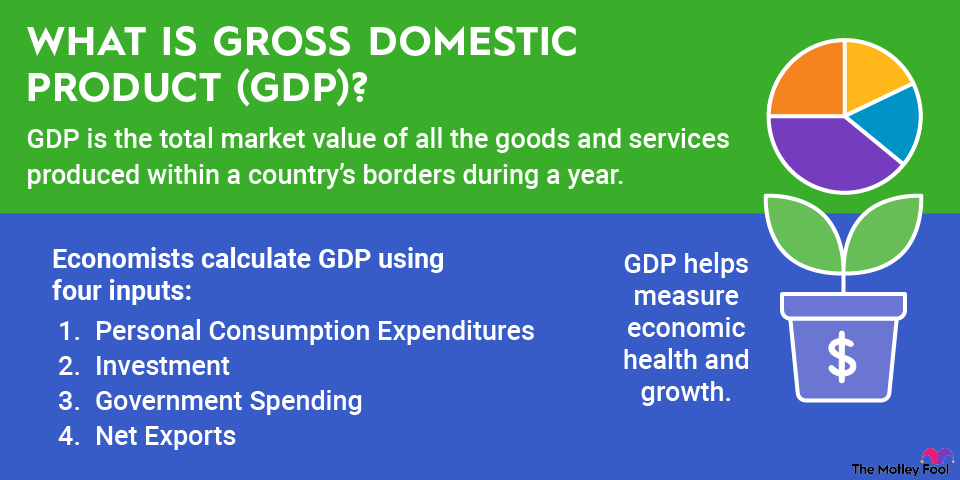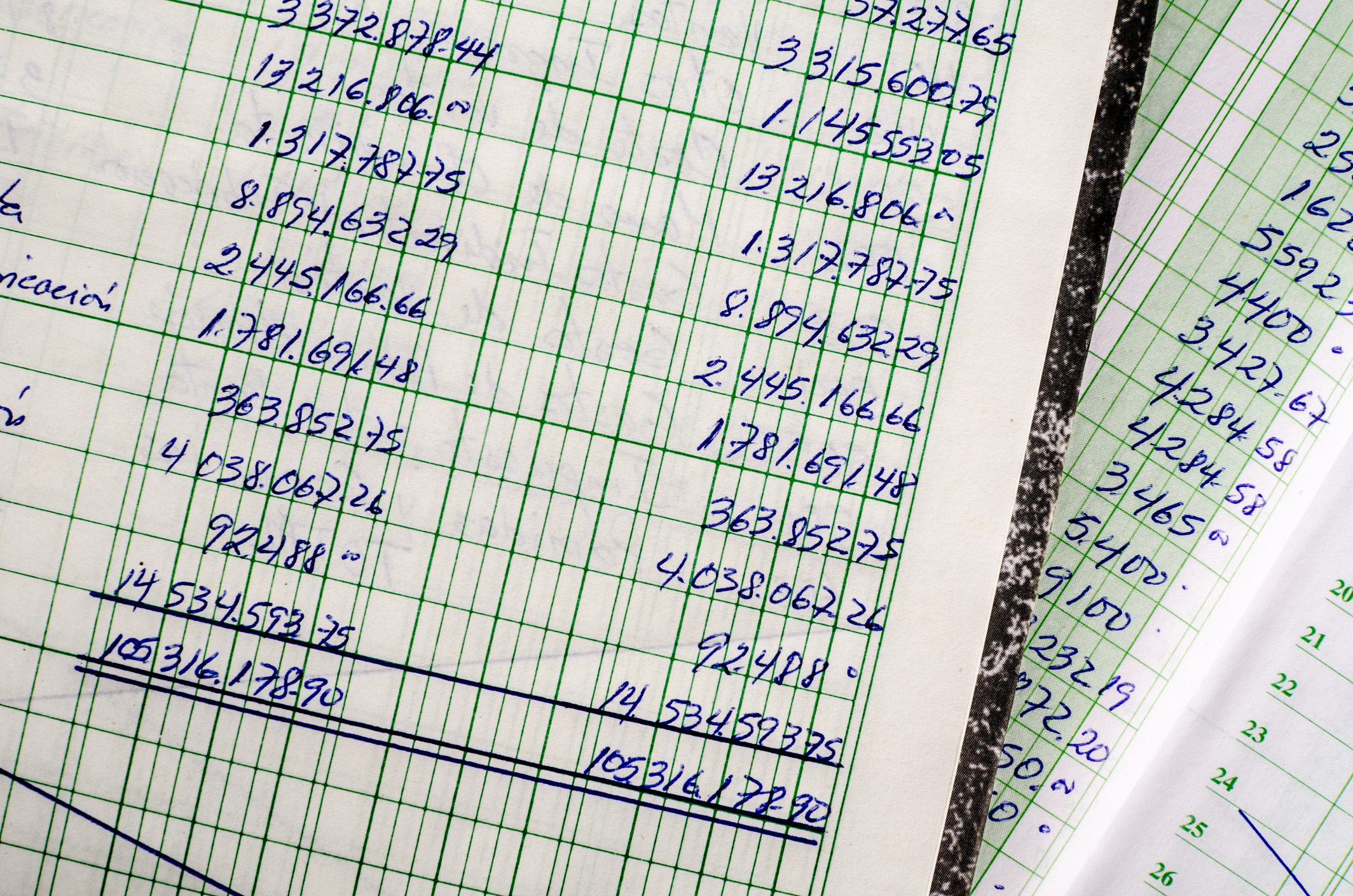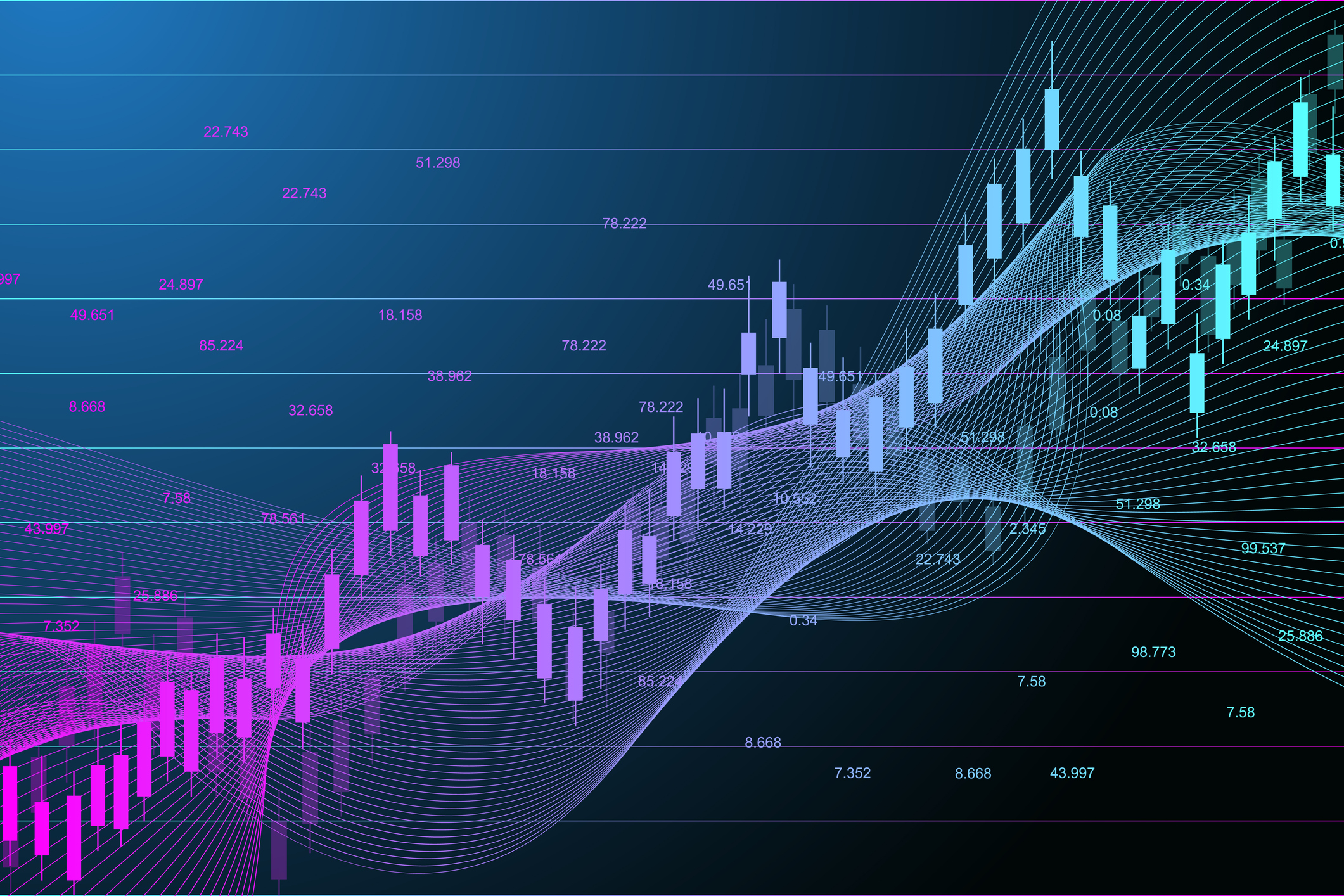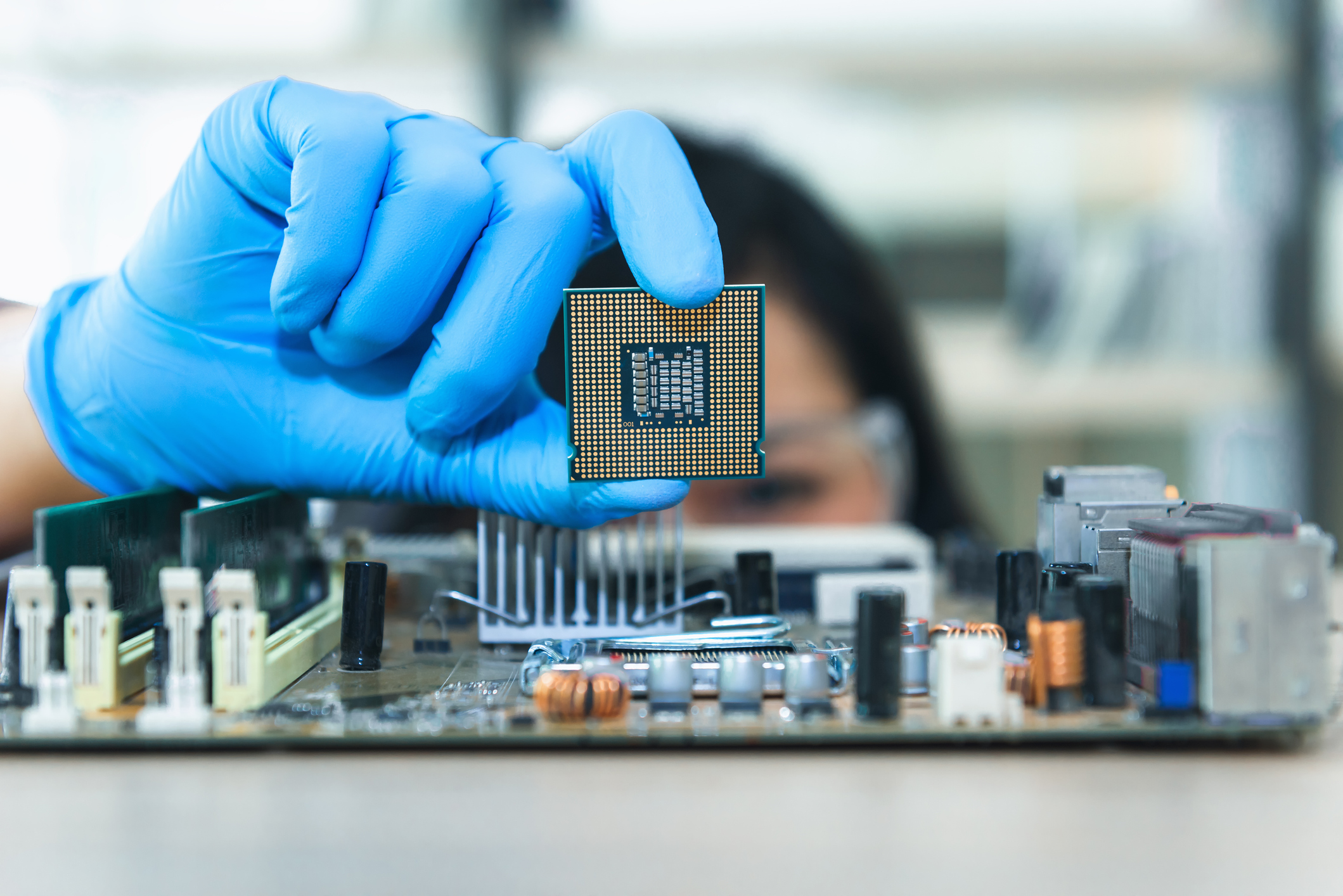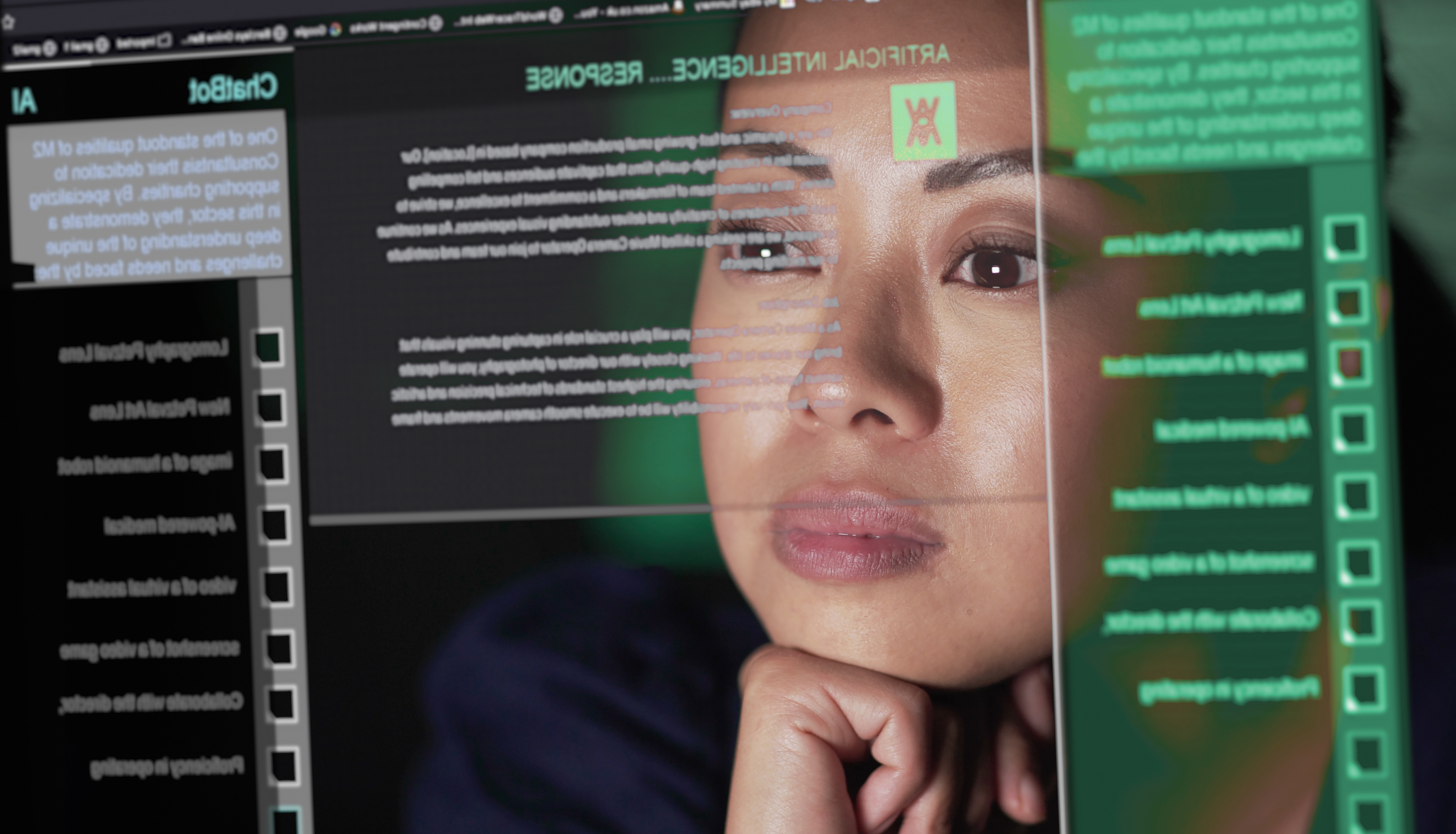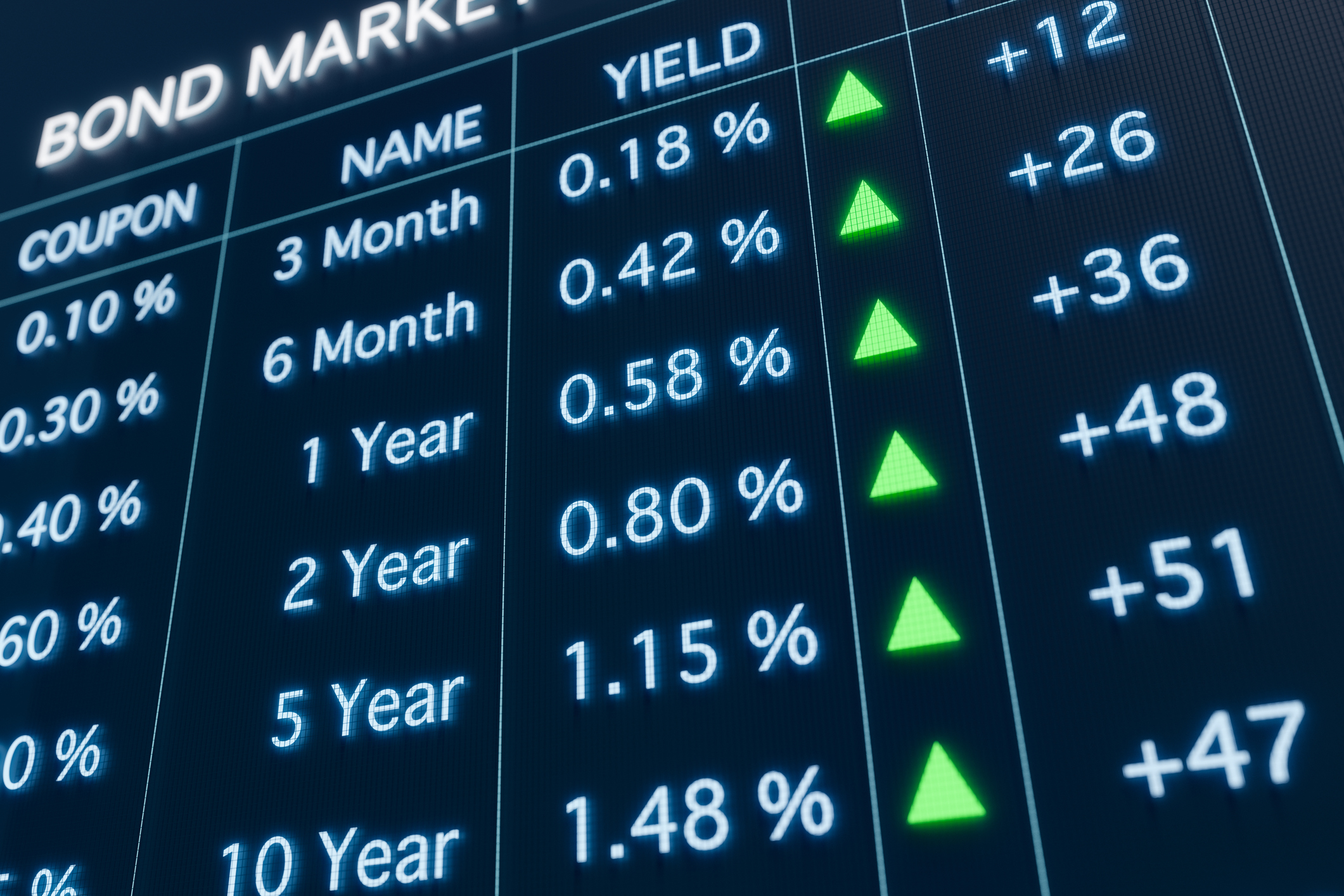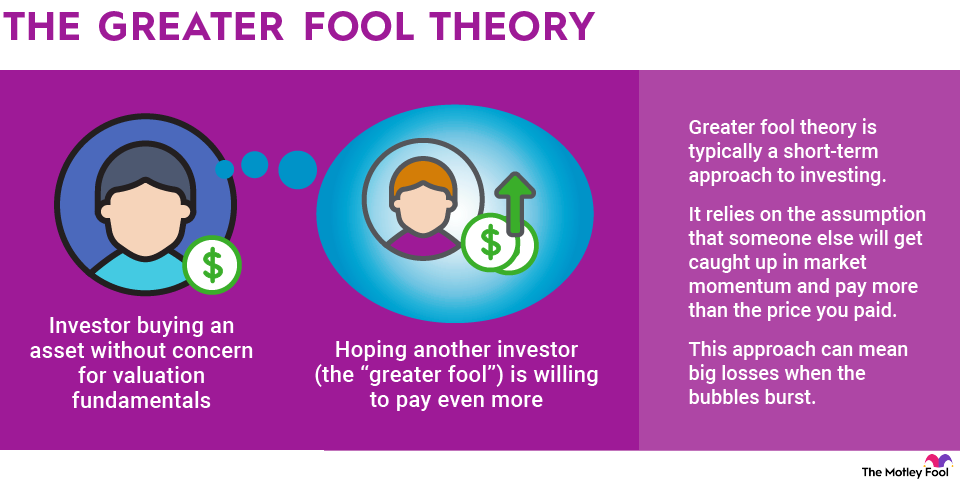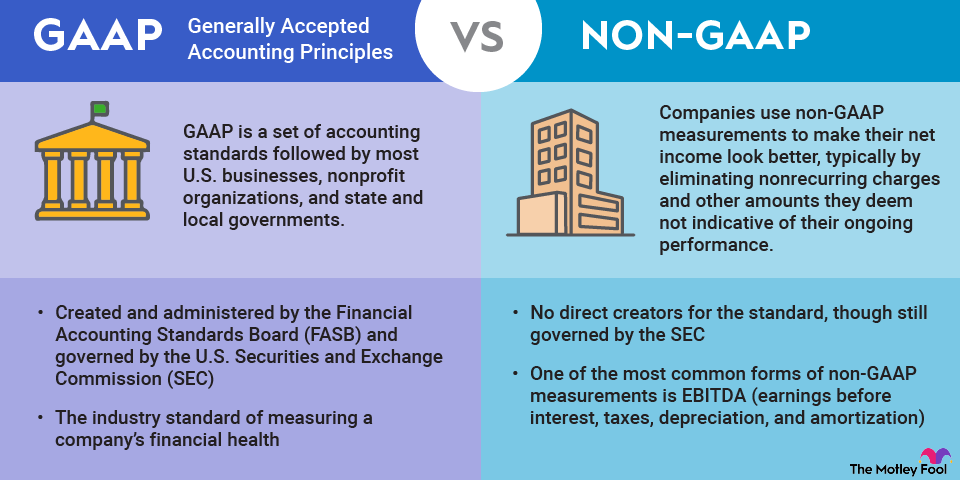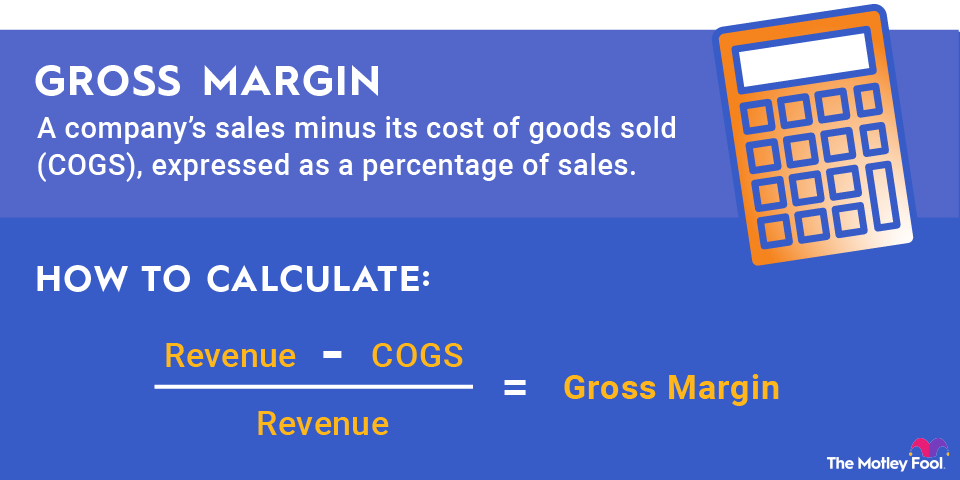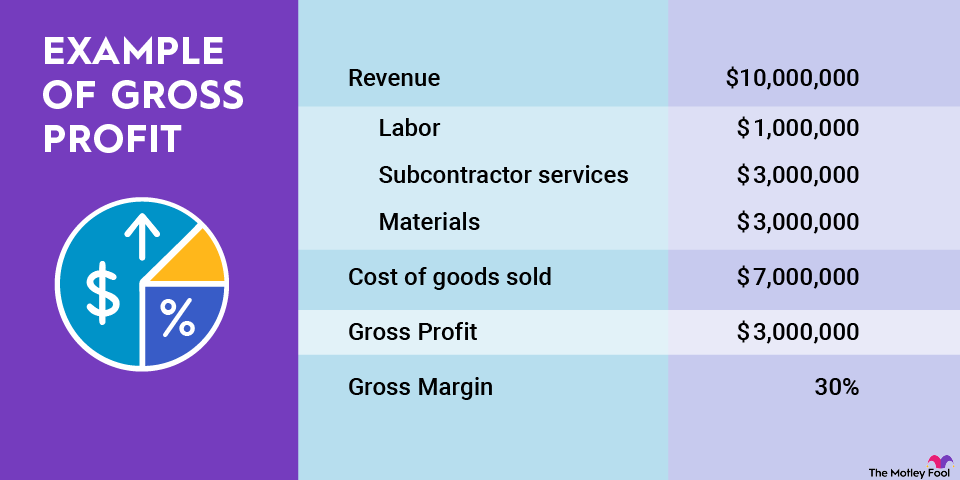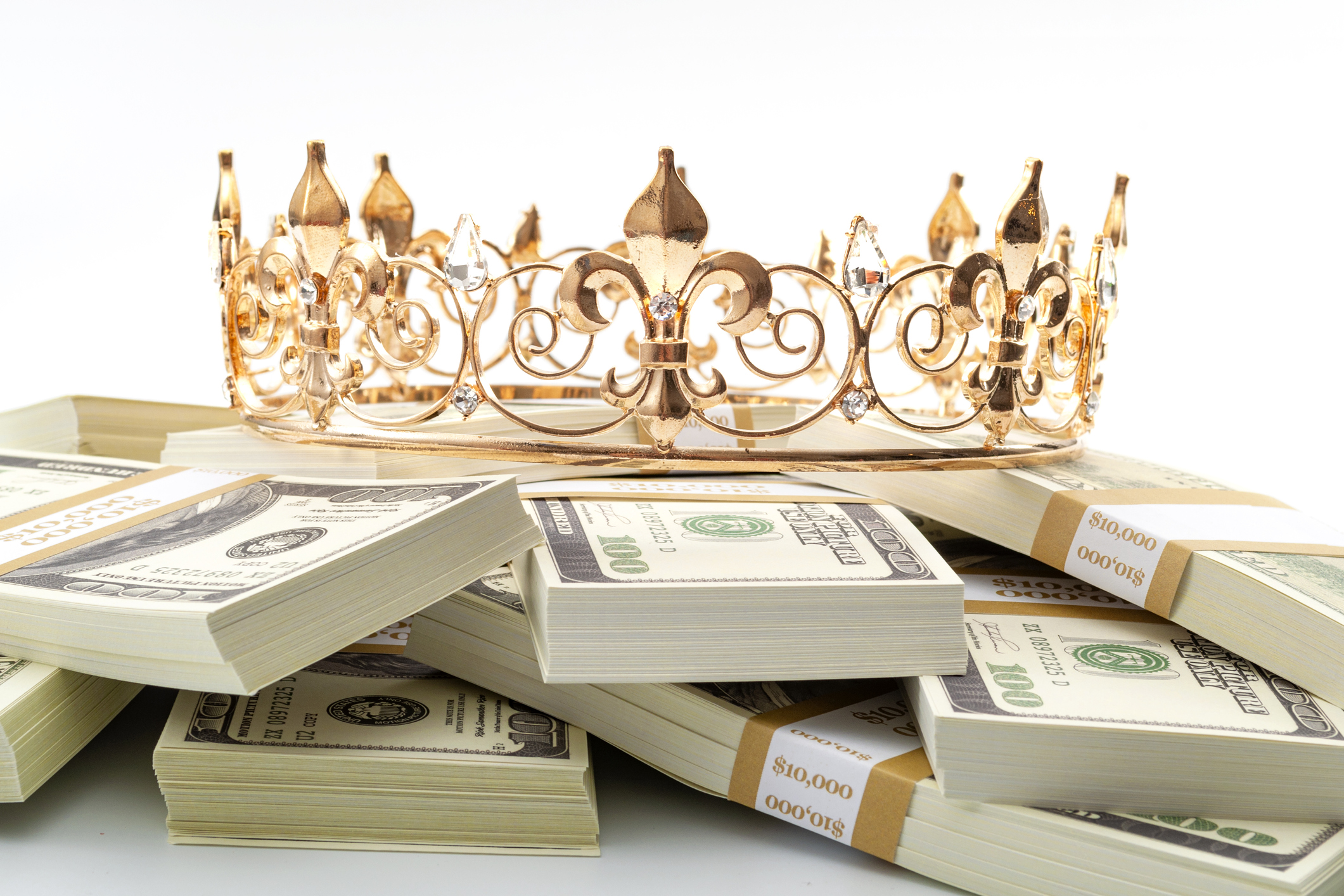You have probably heard the term "generative AI" tossed around in tech circles or investment discussions. It's one of those buzzwords that seems to be on everyone's lips nowadays, starting when OpenAI released the ChatGPT tool in November 2022. But the name alone doesn't really explain what's going on, and there are many ways to look at this interesting toolkit. So, it's time to demystify this tech jargon.
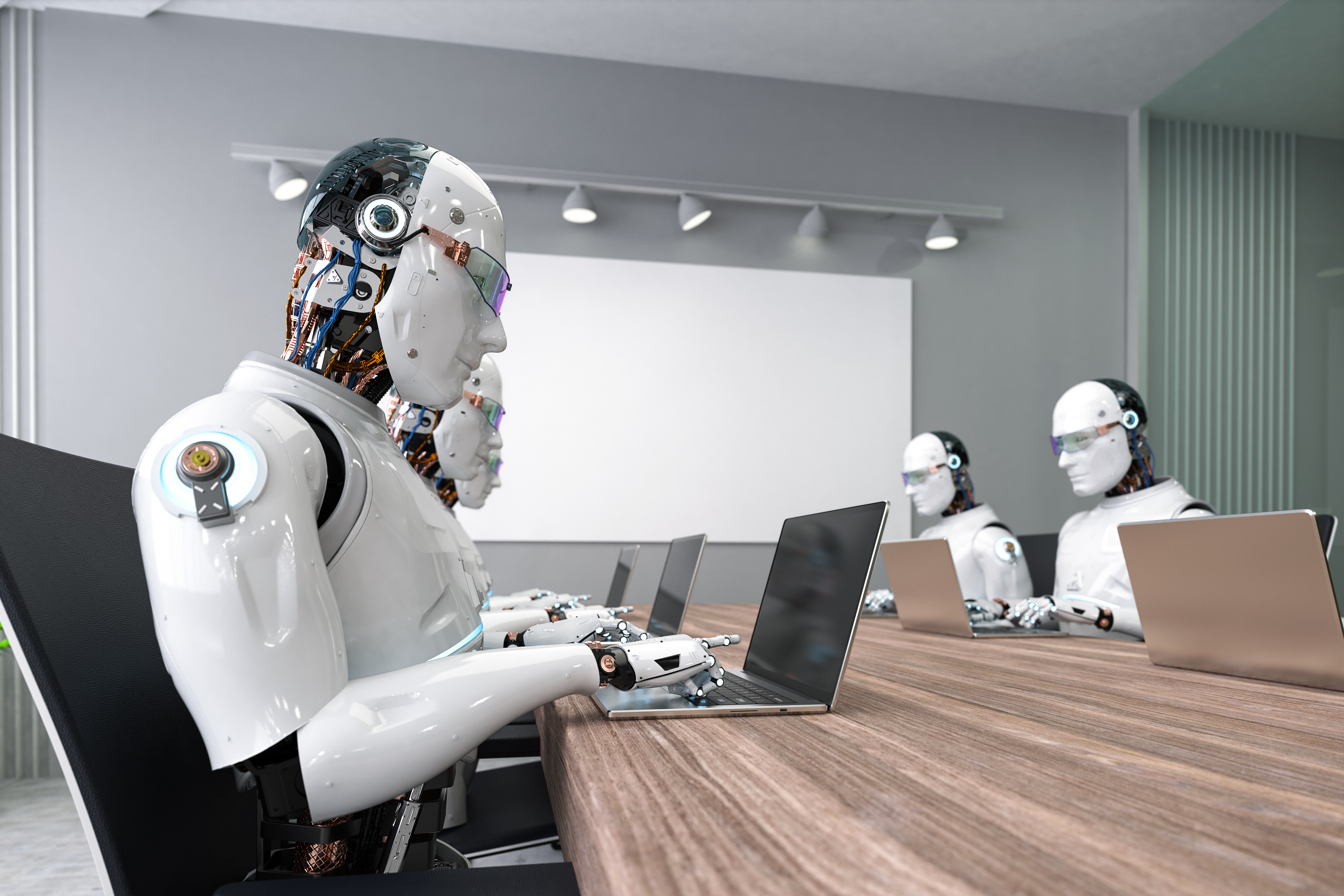
What is generative AI?
Generative AI is a subfield of artificial intelligence (AI) where computer systems create new content. It's like a digital Picasso, Shakespeare, or Mozart, generating complete works of creative text, images, music, or even entire virtual worlds.
This is the secret sauce behind those eerily realistic images and even videos you see online nowadays. These tools can be quite powerful, but they are not digital magic -- the quality of an AI-generated creative artifact rarely matches the quality of a competent human creator. The AI systems must be trained with the help of creative works created by humans -- adding several ethical and practical wrinkles to computerized semi-creativity.
Why should I care about generative AI?
Imagine a world where AI can write a best-selling novel, design a skyscraper, or even create a blockbuster movie. In the long run, that's the potential of generative AI. It's not just about creating content; it's about pushing the boundaries of creativity and innovation. These are the long-term goals of generative AI systems. They have a long way to go before becoming truly creative, and the resulting content often comes with obvious flaws. Still, the AI industry is taking giant steps in this direction.
Generative AI is also a potential game-changer for businesses. It can automate content creation and personalize user experiences. With this tool in your pocket, you can create good-looking marketing campaigns from scratch, complete with AI-written text and computer-generated images. Text and images used in conversation-style customer interactions don't always have to be perfect, making today's generative AI efforts good enough for many practical purposes.
But like any powerful tool, generative AI has its dark side. It can be used to spread misinformation, create deepfakes, or even commit fraud. It's a double-edged sword that nobody knows exactly how to handle yet. The companies behind high-powered generative AI systems must balance unfettered creative ability against the legal and ethical ramifications of doing the job too well.
Furthermore, the AI systems are trained with reference to existing works of art, literature, music, architecture, and so forth. It's not always clear how much of the credit for an AI-generated piece belongs to the system and how much is a direct copy of a human artist's original work. Many human content creators don't want computers to rely on their creative works to train their systems and sometimes simply copy the originals.
And the computers still need a fair bit of human hand-holding. The auto-generated output is only as good as the human instinct and analysis that went into the text-based instructions and other inputs. Generative AI content can't compare to the art and craft of human creators yet, and it usually must be reviewed by editors before being used for business purposes.
The robots can provide assistance to creative processes or deliver good-enough quick takes. But they're not writing the next great American novel or composing brilliant symphonies.
Companies involved with generative AI
As an investor, you can benefit from generative AI in several ways.
The most obvious method is to invest directly in businesses that run generative AI services, such as Adobe (ADBE +1.71%) or Microsoft (MSFT -1.04%). The hardware that makes it possible is another simple option, including AI accelerator specialist Nvidia (NVDA -3.30%) and computer memory maker Micron Technology (MU -6.70%).
But you have other options. Companies that leverage generative AI technology to run or enhance their existing business may have a competitive edge, and investing in them could yield significant returns as the market develops. Clear examples of this would include voice command systems developer SoundHound AI (SOUN -3.24%) and media-streaming pioneer Netflix (NFLX +1.18%). SoundHound AI relies on ChatGPT to manage conversations with human customers, while Netflix leverages image and video generators as a production tool.
Consumers can already enjoy the fruits of generative AI. From personalized recommendations to AI-generated art, this technology can enrich your life in countless ways. But be aware of the potential pitfalls. Always question the source of the information and be critical of what you consume.
How generative AI is used
Some of the best generative AI systems out there combine the language-processing smarts of a chatbot with powerful image-generation tools.
The early leaders in this particular field include OpenAI's DALL-E 3, Adobe's Firefly, the independently developed Midjourney, and the self-funded Leonardo.AI. Each platform has its own benefits, downsides, and quirks, but all can turn plain text instructions into stunning images in just a few seconds.
